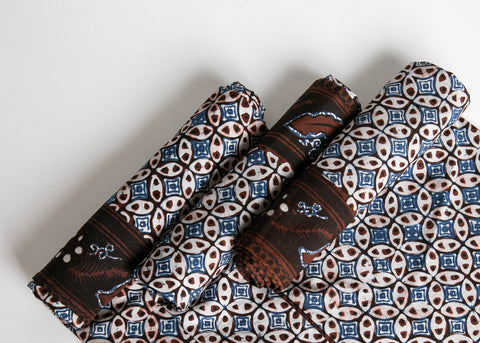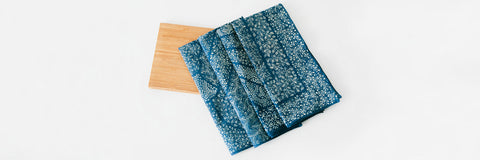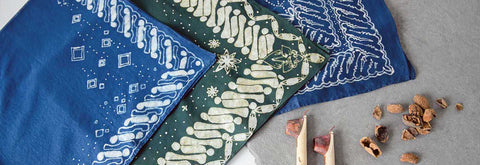Natural Dyes - Brown
"Natural dyes for textiles are generally obtained from extracts. The extracts come from various parts of plants such as roots, wood, leaves, seeds, or flowers. "
Brown Dyes
Colours with yellow-brown shades often called soga colour. Most of soga colour is obtained using tingi bark, jambal bark, tegeran bark and some other materials that can produce yellow to brown colour shades. To achieve many shades of brown, or produce unique shades of browns, batik crafters make their mixture not just using one kind of material.
Tingi Bark
The brown colour is one of the main colours in batik, often used in Batik Pedalaman. The brown colour is usually obtained from the bark skin of the Ceriops tagal mangrove or what is known as the tingi tree. 3 types of Ceriops trees are widely used in Indonesia namely Ceriops tagal, Ceriops timoriensis, and Ceriops candolleana arn.
Soga jambal
Soga jambal is widely used in the Javanese batik industry, soga jambal is obtained from the bark of the soga jambal tree or yellow flamboyant. Soga jambal can body up to 25 meters and has yellow flowers. The word soga has become a general term used by the Javanese community for various types of coloured wood, such as Javanese soga (Caesalpinia sappan), soga tegeran (Cudrania javanensis), and Tingi soga (Ceriops candolleana). Soga jambal produces a variety of colours from warm yellow to dark brown. The brown dye known as soga iswidely used in the Javanese batik industry.






